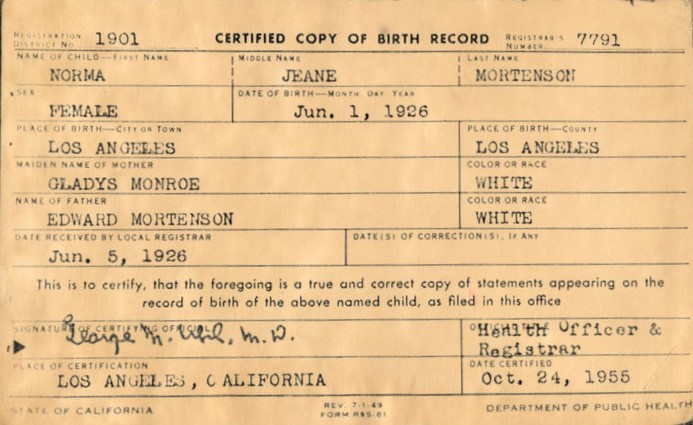
Beginner’s Guide to Family History: Why Documentation Matters
Do you know that real estate adage, "Location! Location! Location!"? It seems that everything in real estate rests on one point: location. In family history research, we should have an adage too: "Document! Document! Document!" Everything in your family tree really does come down to the documentation that you have to back up a claim.
I start this post with the admission that documentation and/or evidence citation is a struggle for me. I research with pen and notepad beside me, nearly illegible scribbles going every direction, and I get so excited over finding new information and adding into my digital tree that citing my sources becomes an afterthought. You'd think that after graduate school, it should be something of a second-nature to me, but really it's like going to the dentist.. one of those things that I just cannot get excited about it. However, the importance of having properly sourced records and information outweighs my lack of desire to do it. I've learned this lesson the hard way and I'm currently in the process of "re-sourcing" my own family tree. Somewhere along the way I was so excited by finding something new, that I added in information that wasn't sourced in my main digitally based tree. Perhaps it's in one of my folders, maybe it was an article I found online and a copy is buried somewhere on my hard drive, or it was scribbled on a note to add and (gasp) I threw it away. I'd like to think the information was correct, but there is no evidence to back it up. I'd like to take another pass at the information, but I don't know where it is. I remember an episode of the show, MythBusters, where they quipped, "the only difference between science and playing around, is to write it down!" The same concept applies to family history - the only difference between fact and family folklore is writing down the evidence and the source you obtained it from. There is a world of difference between knowing you have a copy of your great-grandmother's obituary and knowing that it was printed in The Chronicle on July 6, 1903, and the image is available on newspapers.com.
You're convinced. Now what? How do you go about citing sources? It's simple: gather as much information about the source as possible so that it is painless and easy to find again. There is different information you'll need to gather for different types of sources. For a book, you'll want to write down the title, the author or database, the publisher (and publisher's location), the year it was published, and the pages your information is on. I also like to write down where I found it. So here's an example using the book known as the "citation bible" for genealogists. Mills, Elizabeth Shown. Evidence Explained: Citing History Sources from Artifacts to Cyberspace (Baltimore, MD: Genealogical Publishing Company, 2009), p. 725-727. (Location: Downtown Public Library Genealogy Room, Reference Section)
In this day and age, it is more common for us to use digital resources, and one really great aspect to that is that websites like FamilySearch.org, Ancestry.com, and Archives.org already have citations ready to go - sometimes you can just copy and paste! FamilySearch is my favorite for this, because they cite each individual record for you. If you are on a website that doesn't have the citation capability, you'll still want to gather as much information as possible. There are different ways to cite different types of sources, but the goal is to find it again even if the URL address were to change. An easy reference tool for any citation is easybib.com where you can type in the information you've gathered (from books, articles, websites, etc.) and the site will generate a citation for you in whichever style you prefer.
The final step is to organize your citations. You may be someone who works well with a research log, a research checklist, a source summary, or even just writing your source on the back of a printed page. Choose a method that fits your needs and works best for you. You'll be more likely to complete the task of documenting if you're more invested in the way that you document. It may seem like a task to make sure that you have the documentation for every piece of information (and it is!), but it will eliminate so much confusion and/or questions later in your research. Remember, none of us has perfect research or documentation. We're all just trying to piece together our own 1,000 + piece puzzles without a picture to work from, but with the right documentation, your research will slowly become the picture.




